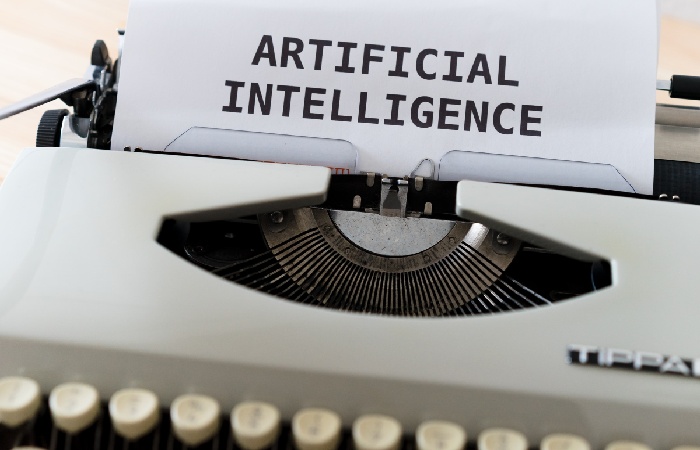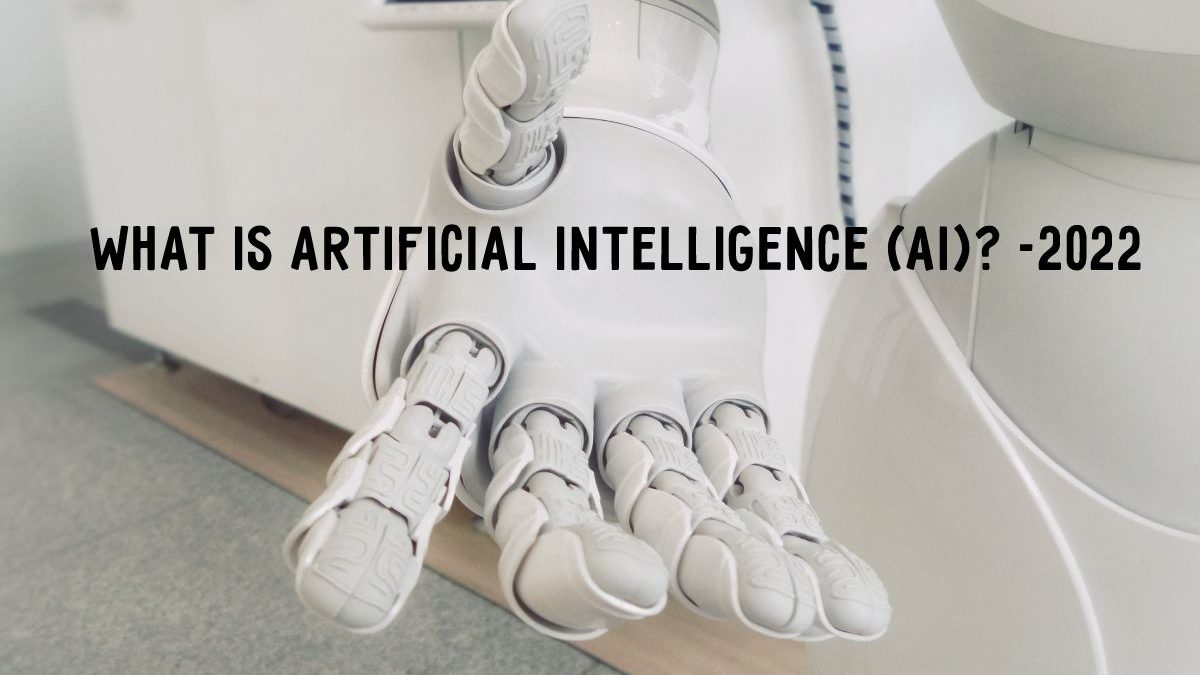Artificial Intelligence: Artificial intelligence (AI ) consists of implementing a certain number of techniques to enable machines to imitate a form of natural intelligence. AI is being implemented in a growing number of application domains.

The notion originated in the 1950s thanks to mathematician Alan Turing. In his book Computing Machinery and Intelligence, the latter raises the question of providing machines with a form of intelligence. He then describes a test now known as the “Turing Test”, in which a subject interacts blindly with another human and then with a machine programmed to formulate sensible responses. If the issue cannot tell the difference, then the device has passed the test and, according to the author, can indeed be considered “intelligent”.
From Google to Microsoft via Apple, IBM and Facebook, all the major companies in the IT world are now working on the issues of artificial intelligence, trying to apply it to a few specific areas. Each has thus set up artificial neural networks of servers, making it possible to process heavy calculations within massive databases.
Artificial Intelligence (AI) Some Examples Of Routine
Synthetic vision, for example, allows the machine to precisely control the content of an image and then order it automatically according to the object, colour or face detected.
Algorithms can optimize their calculations as they perform processing. How anti-spam filters become more and more effective as the user identifies an unwanted message or, on the contrary, processes false positives. Voice recognition is on
The rise of near assistants is talented in recording the words expressed in natural language and processing requests by responding directly via voice synthesis, either with an instantaneous translation or by making a request relating to the order.
Artificial Intelligence, Infinite Potential
The possibilities of AI seem to be growing exponentially.
In new years, we have moved from a simple chatbot to artificial intelligence to help make crucial decisions, whether in the medical or military field.
With such diverse fields of application, the need for data experts in many sectors of activity. Is primarily the case for banking and insurance players who have not hesitated to prepare for the jobs of tomorrow, with specialized schools and training to become a Data Analysts, for example.
While in 2015, the artificial intelligence market weighed 200 million dollars, it is estimated that in 2025, it will be $90 billion.
What Is Artificial Intelligence?
They are back, and it is on everyone’s lips. And not just those of scientists. Artificial intelligence (AI), which once belonged strictly to science fiction, is gradually entering our lives. And the possibilities it offers go far beyond the destructive force of Terminator. It is enough to converse with its Google assistant to realize it.
Behind artificial intelligence hides a multitude of devices that have a common denominator: machine learning. This technology makes it possible to store a large amount of data in a virtual brain or neural network. It between solid artificial intelligence and weak artificial intelligence. The first includes machines capable of acting intelligently and assimilating abstract concepts. And having a real awareness close to the feelings experience by human beings. Devices limit to problem-solving fall into the category of weak artificial intelligence.
What Is Artificial Intelligence For?
The parks of application of artificial intelligence are numerous. It is present in the camera of smartphones. In night mode. It allows you to adapt the color biometry to the environment and restore a to its original radiance to reproduce it faithfully on your shot.
In photography, AI also intervenes to detect specific scenes, stabilize the device, or optimize zoom precision. Facial recognition is another technology made possible by artificial intelligence. It is use to recognize the user of a mobile phone and. On a larger scale. To identify people. For example, in airports.
AI is also introduced in the military field (for example, for drone decision-making ), In the financial sector (assessment of the risks of an operation such as the granting of a mortgage). In medicine ( diagnosis of eye ailments ), robotics, video games and industries.
How Does Artificial Intelligence Work?
Machines with artificial intelligence memorize behaviors. This memorization work later allows them to solve problems correctly when face with such And also This is carry out using data bases and algorithms. This complex work helps the machine measure And also The importance of a problem and sift through possible solutions and similar past situations to act well.
A sophisticated and potent system of statistics leads the machine to decide or have the expect behavior. A device subject to the Turing test to measure its is call after the inventor of AI. Alan Turing. This British mathematician was one of the first to wonder. In 1950. And also If a machine was capable of thinking. The Turing test consists of conversing with the device and ask. It to create something with specific criteria that it must respect.

